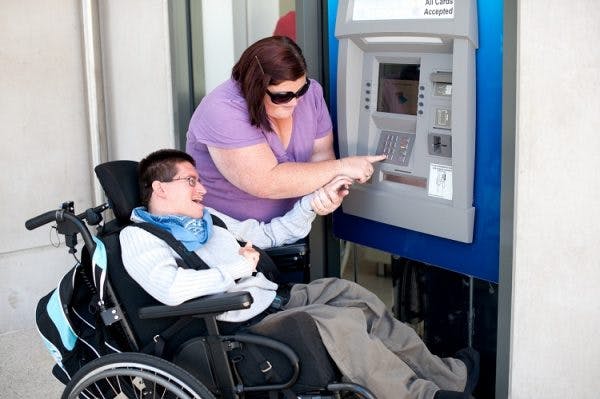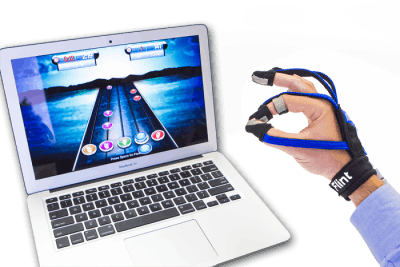
Flaccid Cerebral Palsy: How to Identify, Manage, and Improve Low Muscle Tone
Low or flaccid muscle tone (hypotonia) is a secondary effect of cerebral palsy that can make it challenging for individuals to perform a variety of

Low or flaccid muscle tone (hypotonia) is a secondary effect of cerebral palsy that can make it challenging for individuals to perform a variety of

Mild cerebral palsy refers to motor impairments caused by mild damage to the developing brain. Because the damage is not as severe, motor impairments may

Cerebral palsy is a motor disability caused by damage to the developing brain. Depending on the severity of the brain damage, cerebral palsy can result

Ataxic cerebral palsy is a type of cerebral palsy that is primarily characterized by poor balance and coordination. Only about 5% of all CP cases

Cerebral palsy consists of a wide range of movement disorders caused by damage to the developing brain. Depending on the location and severity of that

Cerebral palsy is a motor disability that affects movement in the body. Sometimes it can affect the whole body, but with spastic hemiplegia, only the

Spastic diplegia is one of the most common types of cerebral palsy. While it may mildly affect the arms, spastic diplegia primarily affects the muscles

Hypotonic cerebral palsy refers to when individuals with CP primarily experience low muscle tone. This often affects posture and stability and makes it challenging for

About 15% of cerebral palsy cases result in dyskinetic CP, which is a motor disorder characterized by uncontrollable movements. As with all types of cerebral palsy, every person is affected

Spastic cerebral palsy (CP) is the most common type of cerebral palsy, making up about 80% of all cases. Despite being so prevalent, each individual experiences this


Take the first step towards recovery.